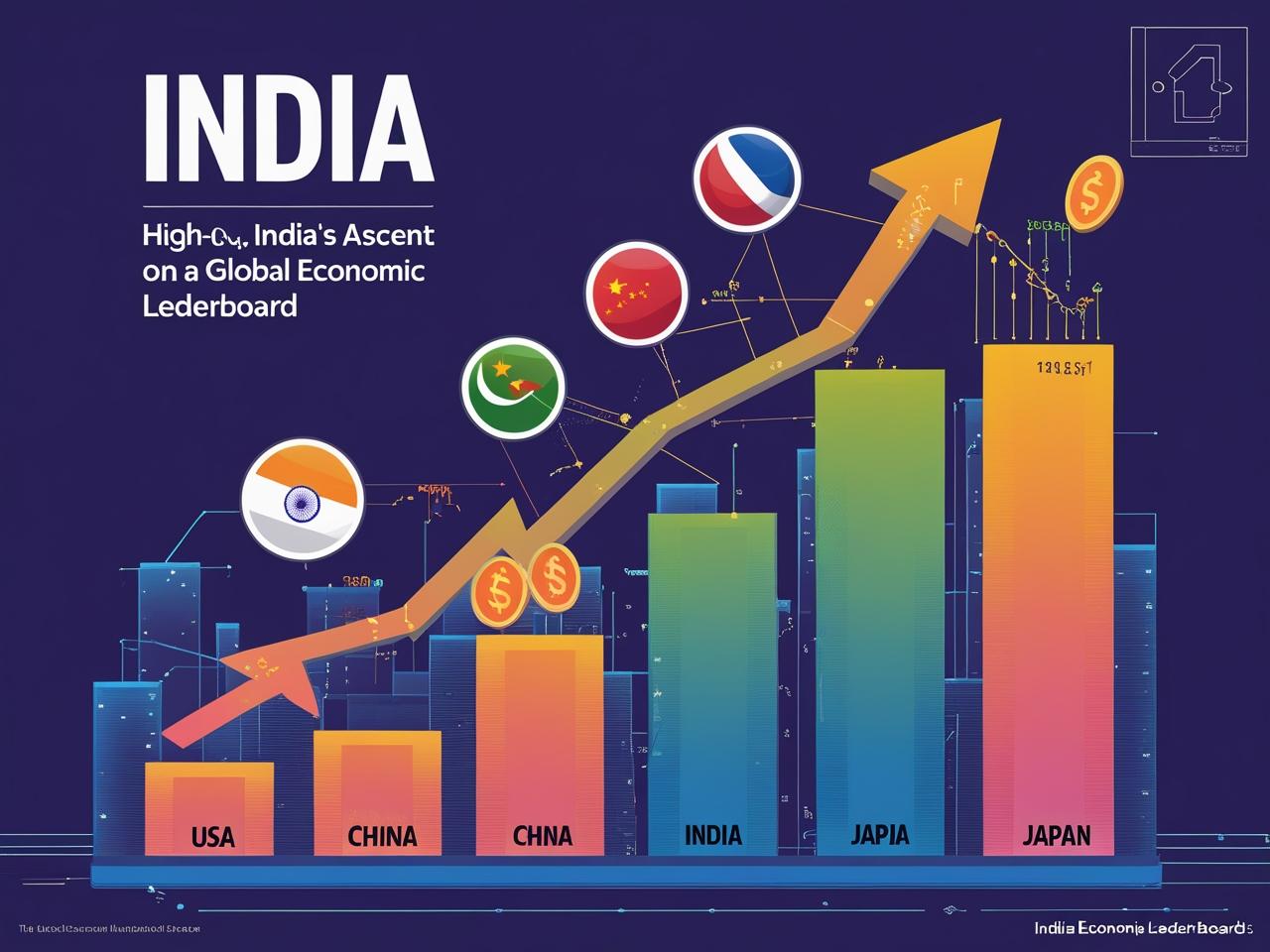In a historic economic shift, India has overtaken Japan to become the 4th largest economy in the world in terms of nominal GDP. This monumental development reflects the nation’s rapid economic transformation, driven by its digital infrastructure, youthful population, robust service sector, and growing global presence.
But what does this truly mean for India and the world economy? Let’s explore.
🔹 A Quick Look at the Numbers
As of 2025, the International Monetary Fund (IMF) and World Bank have placed India’s nominal GDP at over $4.3 trillion, surpassing Japan’s estimated $4.2 trillion. The current global economic rankings by GDP are:
-
United States
-
China
-
Germany
-
India
-
Japan
India's rise isn’t just about numbers. It’s a powerful statement of the country’s resilience, reforms, and rising influence.
🔹 What Drove This Economic Rise?
India’s economic rise didn’t happen overnight. Several key drivers contributed:
-
Digital Transformation: Initiatives like Digital India and UPI created a robust digital payment ecosystem.
-
Start-up Boom: India is home to over 100 unicorns, making it one of the world’s leading start-up ecosystems.
-
Young Workforce: Over 65% of the population is under 35, contributing to productivity and innovation.
-
Strong Services Sector: IT, BPO, and fintech sectors continue to lead globally.
-
Manufacturing Push: “Make in India” is now yielding results with increased local and foreign investment.
🔹 Global Impact: India's Role is Changing
India’s economic growth changes its role on the world stage:
-
Stronger Voice in G20 & Global Trade Talks
-
Greater Investment Destination for Global Companies
-
Increasing Participation in Tech & Green Energy Alliances
-
Geopolitical Balance: As a counterweight to China’s dominance in Asia
This growth isn’t just good for India—it benefits emerging markets and rebalances global power dynamics.
🔹 Challenges Ahead
While the achievement is monumental, India faces challenges too:
-
Income inequality and rural development gaps
-
Skilling the workforce to match industry demands
-
Infrastructure modernization in Tier 2 and Tier 3 cities
-
Climate resilience and sustainability measures
To sustain its growth, India must focus on inclusive and sustainable development.
🔹 What’s Next: India Aiming for Top 3?
Economists predict that if India maintains its growth trajectory, it could overtake Germany within the next few years to become the third-largest economy globally.
The 2030 vision includes:
-
Becoming a $7 trillion economy
-
Global leader in AI, green energy, and digital exports
-
Enhancing ease of doing business and infrastructure
📌 Final Thoughts
India's rise to the 4th spot in global GDP rankings is not just a news headline—it’s a glimpse into the future of global economics, where India plays a central role. With strategic reforms, investments in human capital, and continued innovation, the nation is well-positioned for even greater milestones.
The world is watching. And India is rising.
📢 Share Your Thoughts
Do you think India will reach the top 3 economies by 2030?
Let us know in the comments or share this with someone who’s excited about India’s future!
